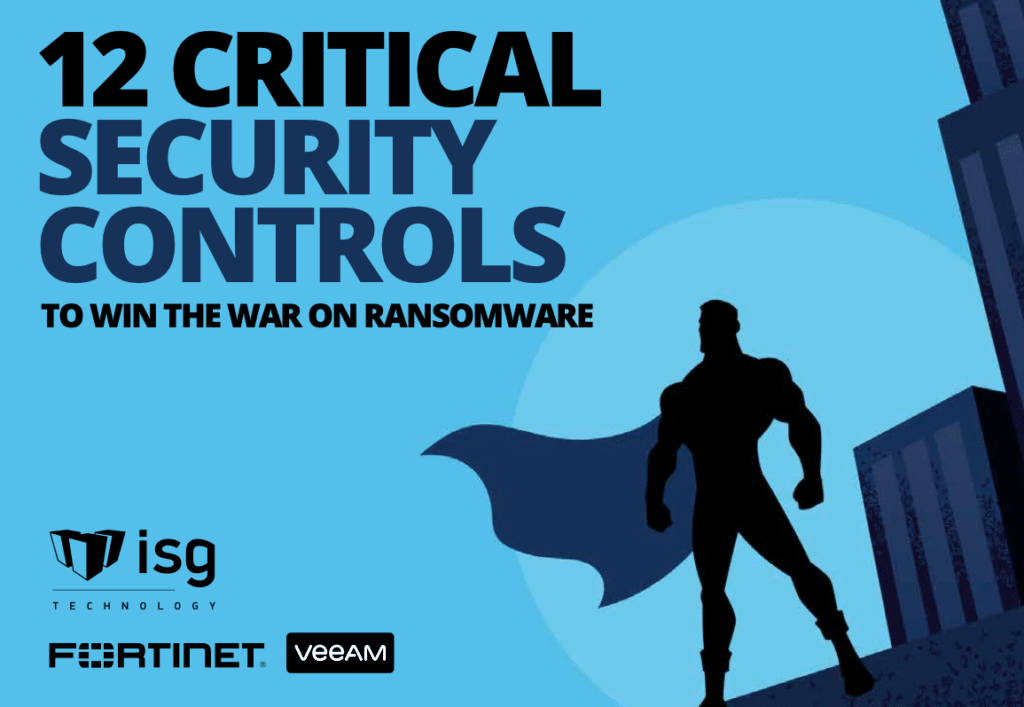Password Multi-factor Authentication
According to the 2022 Verizon Data Breach Investigations report, compromised passwords are responsible for a staggering 81% of all hacking-related breaches. On top of that, a recent Google survey found that at least 65% of people reuse passwords across multiple, if not all, sites. So, to say that password management is an important security control is an understatement.
Use these password and Multi-factor Authentication best practices to bolster your organization’s cybersecurity posture:
Password Management Software
Password management software solutions, such as LastPass and 1Password, play a crucial role in corporate cybersecurity. They securely store and manage complex passwords for various accounts, which mitigates the risk of weak credentials and data breaches.
By promoting strong, unique passwords and streamlining login processes, they enhance both efficiency and security, making them indispensable tools for businesses that prioritize security.
Password Length & Complexity
Password Managers simplify the creation of longer, more complex passwords. Ideally, passwords are 12–16 alpha-numeric characters or more combined with special characters such as “@ ! % *” to thwart brute force attacks.
Password Rotation
Regularly changing passwords is vital. Password managers often have built-in features to remind users to update their passwords periodically.
Passphrases & Randomness
Avoiding common words, patterns, and predictable sequences, such as “password123” or “123456,” is crucial. Passwords should be as random as possible to resist guessing attempts. Combining words and numbers like “BlueSky$RainyDay#2023,” provide both strength and memorability.
Multi-Factor Authentication (MFA)
MFA involves using multiple verification factors, such as something you know (password), something you have (a smartphone or hardware token), and something you are (biometric data like fingerprints or facial recognition). Multi-factor Authentication is one of the most effective and affordable security controls available to safeguard your organization.
Time-Based Codes & Biometrics
Even more advanced authentication methods are Time-based One-Time Tokens (TOTPs) and biometrics. Apps like Google Authenticator generate TOTP codes, which change every 30 seconds and provide an additional layer of security. Biometric authentication (like fingerprint or facial recognition) adds a highly secure layer that is unique to each individual.
Read On
If you’re interested in learning more about the controls needed to secure cyber insurance, be sure to check back tomorrow at 9 AM CST for our segment on Email Filtering & Web Security.

